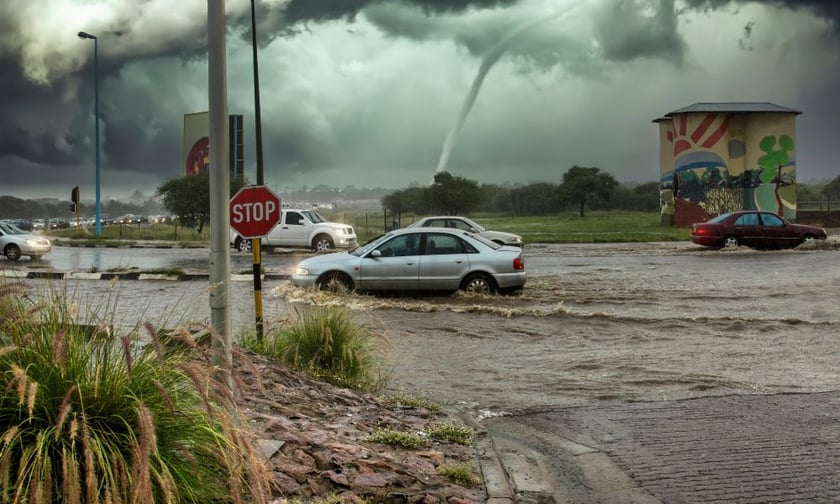

With the Australian storm season underway, business leaders across sectors are urged to act swiftly to secure assets, safeguard employees, and reduce potential disruptions to operations. Storm season in Australia typically spans October through April, and the Bureau of Meteorology (BOM) expects up to four tropical cyclones to reach Australian coasts this year.
Transport and logistics insurance specialist Australia’s National Transport Insurance (NTI) has emphasised in a news release the importance of early preparation to prevent extensive losses during the peak storm period. According to NTI heavy motor risk engineer Paul Bressan, proactive measures can make a significant difference in mitigating the impact of severe weather on business operations.
“Storms can develop rapidly and cause significant damage to infrastructure, disrupt supply chains, and endanger lives,” Bressan said. “Being prepared for extreme weather can help reduce disruptions and damage.”
NTI has outlined several preparation steps businesses can take. Recommendations include updating emergency contact lists, stocking emergency kits with essentials, and planning to secure mobile equipment. This guidance is particularly relevant for the transport and logistics industries, where storm season coincides with high-demand periods like the holiday season.
“Roads regularly flood and are cut off due to heavy rain, so it’s important to plan your trip ahead, take note of forecast weather, consider alternative routes, and check road closures before departing,” Bressan advised. For those navigating roads during hazardous conditions, Bressan further urged caution, noting, “Slow down, take extra care, and most importantly, never drive through flood waters.”
NTI chief customer officer Janelle Greene pointed out that storm season also serves as a reminder for businesses to review and update their business continuity plans (BCP). Greene said that updating BCPs every 12 months ensures critical steps are in place to protect operations and prioritise employee safety.
“Transport, marine, and logistics workers naturally work in more exposed environments. It’s crucial to have clear procedures for protecting personnel, property, equipment and freight,” Greene said.
In addition to contingency planning, NTI recommends that businesses consider evacuation drills, back up critical data, distribute updated emergency contact numbers, and prepare evacuation kits with essentials such as torches, water, and first aid supplies. The insurance provider has also released resources like its Flood Mitigation Guide and Guide to Developing a Business Continuity Plan.
NTI’s preparedness checklist for businesses:
Which storm season do you consider the worst Australia has experienced? Share your story in the comments below.
